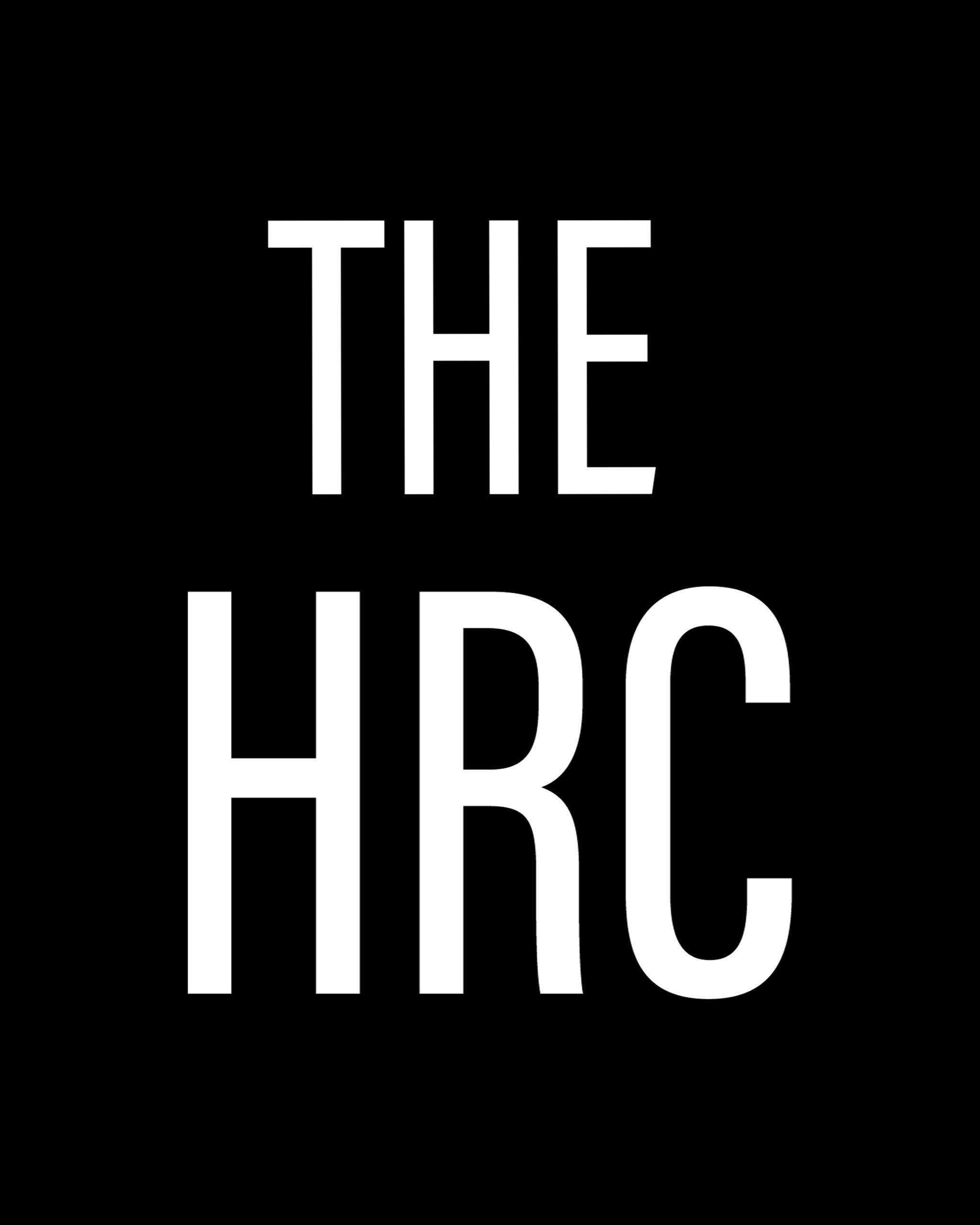Little biographical information is known about Erskine Bemus. According to the Pacific Coast Architectural Database, Bemus settled in Bakersfield in 1909, and appears have had familial ties to Ohio after serving in the Civil War as a private in the Union Army (http://pcad.lib.washington.edu/person/6009/). In 1912, his office was located at 2331 21st Street, with his son, Harry, who later went into the construction industry (http://pcad.lib.washington.edu/person/6009/). Bemus appears to have partnered or worked under Orville Clark.
Bemus’s notable buildings include: the Baer House, the Barlow House, the Beggs House, the Jamison House, and the Labor Temple, all in Bakersfield (http://pcad.lib.washington.edu/person/6009/). There is conflicting information about who was the designer of the Barlow, now called the Guild, House, whether it was Bemus or Clark, though newspaper articles state that the Barlow House was designed by Bemus (“New Buildings Begun in Kern,” Bakersfield Morning Echo, February 24, 1910). The Guild House is currently listed on the Bakersfield Register of Historic Places. The Beggs House, located at 729 Oleander, is located in the historic Oleander-Sunset neighborhood, where homes designed by prominent Bakersfield architects include Clarence Cullimore Sr. and Charles Biggar (“WHERE WE LIVE,” Bakersfield Californian, April 29, 2019). The Beggs House is a beautiful Spanish Revival home with some Mediterranean Revival influence.
Bemus began working in Bakersfield as early as the first decade of the 1900, when Southwest Contractor and Manufacturer noting that he had already designed several residences by 1909 (Southwest Contractor and Manufacturer, Volume II, Number 18, page 9).
